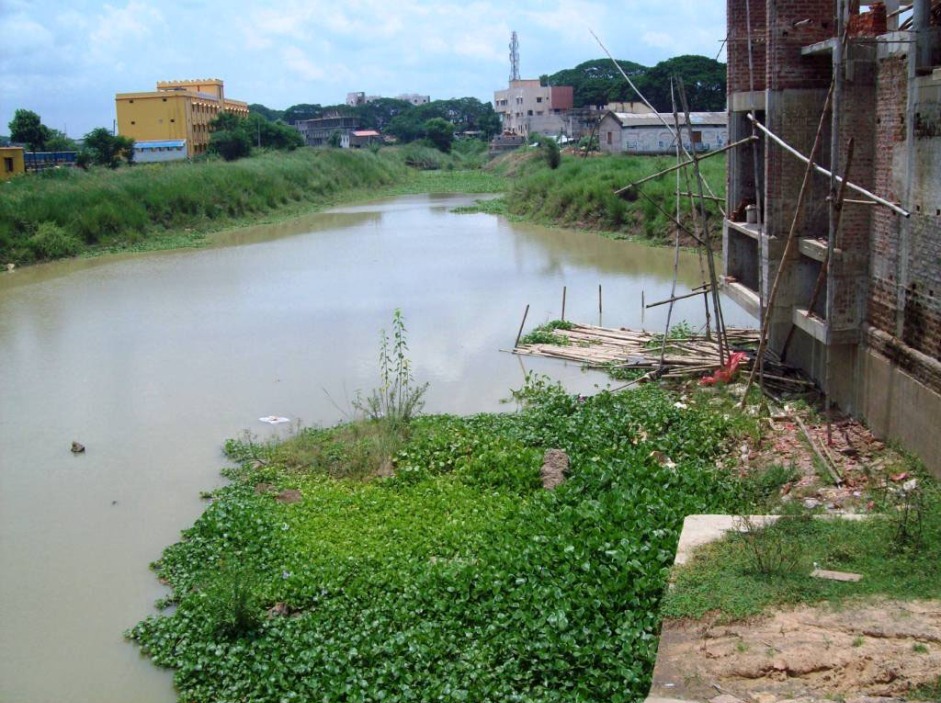Kendrapara: The mythology famed Gobari river flowing through this district is fast turning into a dead river with its water turning toxic and becoming unfit for consumption, a report said.
The river mentioned as ‘Madhusagar’ in mythology is slowly losing its water-retaining capacity due to large scale encroachment on its banks. The encroachment of the river is more in the town than in rural areas.
The river is no longer able to provide sufficient water for irrigation of farmlands. However, the water resources department has not stopped collecting water cess from the farmers.
Concerned over the development, the residents have lodged complaints with the district administration but without any success.
The residents alleged that a test report of the water samples conducted by the water resources department in 2013 confirmed presence of toxic substances in the river but no action has been taken yet in this direction.
The report claims high presence of toxic substances like cadmium, chromium and potassium in the river. People using the river water now get affected by skin diseases and water-borne diseases.
Recently, the Kendrapara Municipality has started discharging the wastewater of the town through two siphons. Moreover, open defecation by people on the river banks and discharge of sewage into the river has also polluted its water.
This apart, lack of regular cleaning has led to growth of hyacinths and weeds in the river.
According to an estimate by the water resources department, the water of the 138 km-long Gobari river helps in irrigating 7,616 hectares of farmlands on both sides of the river.
Its water also irrigates an additional 4000 hectares of farmland after a creek embankment project came up at Malibasa, Tantiapala, Benakanda and Bijaynagar areas under Mahakalapara block of the district.
The water drawn from the river helps in irrigating rabi crops on 3,200 hectares of farmland and oilseeds like groundnuts on 600 hectares of farmland.
The water is used by over 80,000 residents daily in the district. A survey report by the water resources department claims that the river water is used directly or indirectly to irrigate around 30,000 hectares of farmland in the district.
Sk Amjan of Kendrapara town, Tuna Sahu of Phorad village, Nilamadhab Mohapatra and Niranjan Parida of Kansar village said that seven rivers including the Gobari flowing through the district have deeply influenced the lives and livelihoods of the people.
The water route of Gobari was the main mode of goods transport when there was no road transport facilities five decades back, they said. In post-Independence era, the river route was developed and the river water was provided to the farmers for irrigation.
When contacted, Prabodh Kumar Rout, executive engineer of the water resources department, said that a plan has been made for the last three years for renovation of the river. The programme will be launched soon, he added.
PNN
